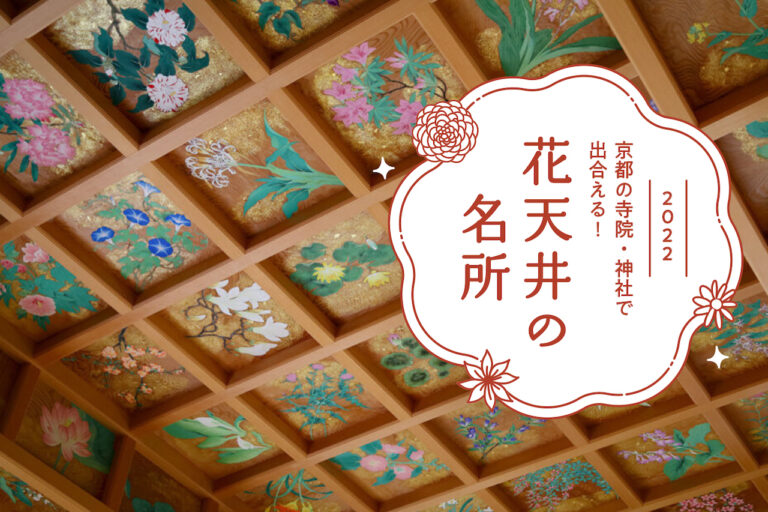
Meet at Temples and Shrines in Kyoto! 10 Places to Visit for Flower Ceilings
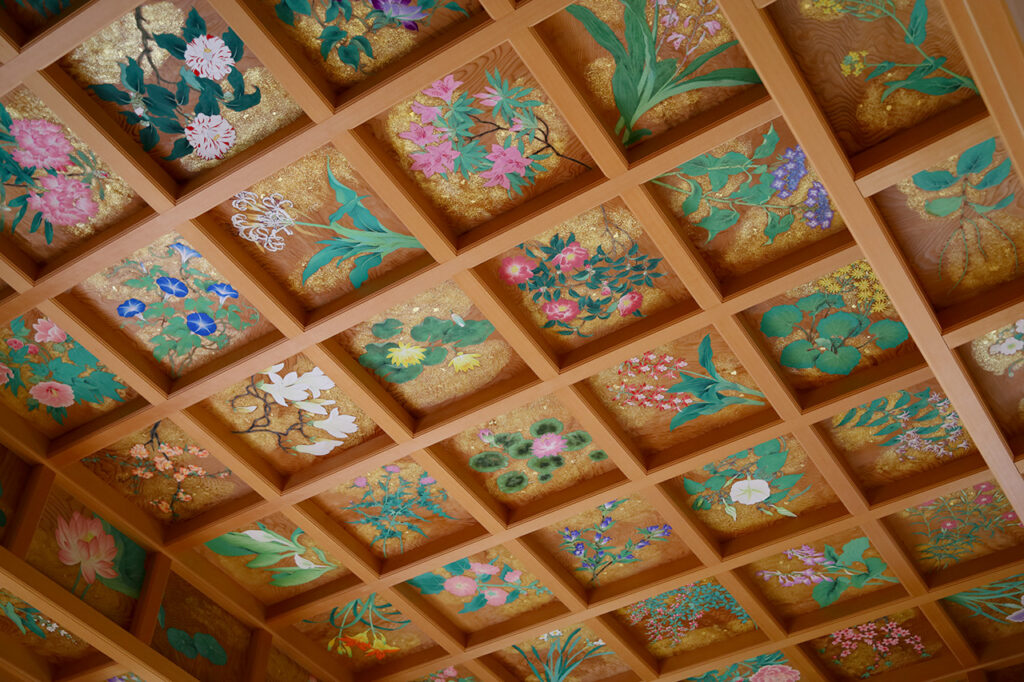

Koyasan Shingon Sect temple founded by Rinsei Shonin in 732. The temple is the second of the "25 Flower Temples in Kansai," and visitors can enjoy lotus, azalea, camellia, and other flowers depending on the season. The flower ceiling, which was painted when the main hall was completely reconstructed in 2002-2003, is the "Rurikoka Mandala" by Keisho Maruyama and Shinsho Maruyama, both direct descendants of the Maruyama School by Okyo Maruyama. There are 96 flowers painted directly on Akita cedar boards, and many familiar flowers and plants, such as morning glories, hydrangeas, and cherry blossoms, are also depicted.
Koyasan Shingon Sect temple founded by Rinsei Shonin in 732. The principal image enshrined in the main hall is Yakushi Ruriko-nyorai. The temple is the second of the "25 Flower Temples in Kansai," and visitors can admire lotus, azalea, camellia, and other flowers depending on the season. The main hall, on which the flower ceiling is painted, was built in the Genroku era (1688-1704) and completely reconstructed in 2002-2003 due to deterioration. The flower ceiling painted at that time is the "Rurikoka Mandala" by Keisho Maruyama and Shinsho Maruyama, both direct descendants of the Maruyama School by Okyo Maruyama. There are 96 flowers painted directly on Akita cedar boards, and many familiar flowers and plants are depicted, including morning glories, hydrangeas, and cherry blossoms.
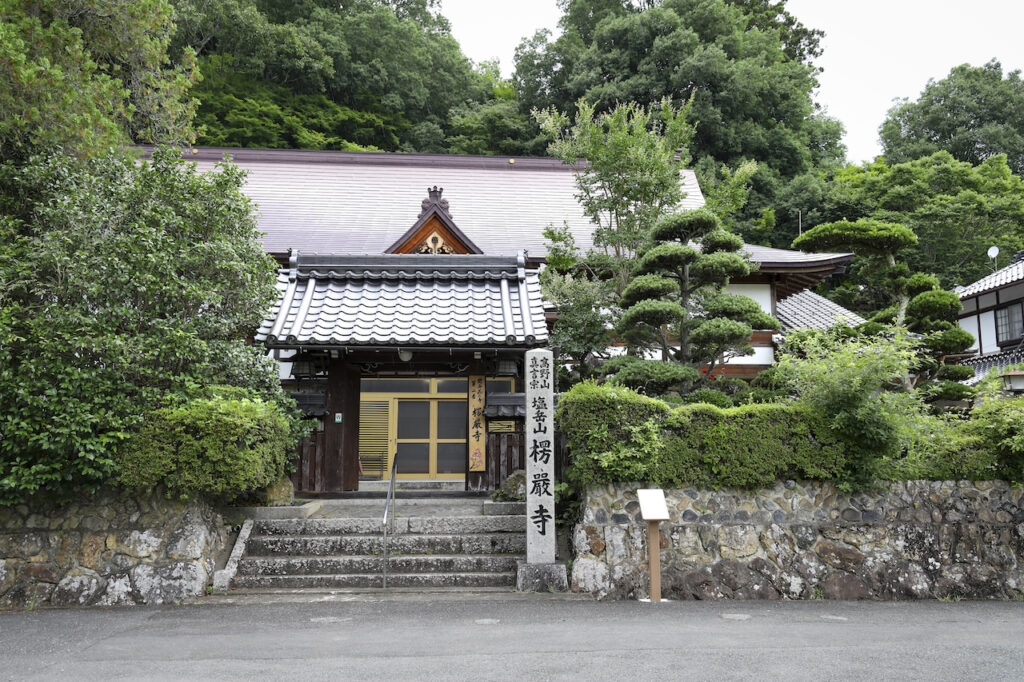

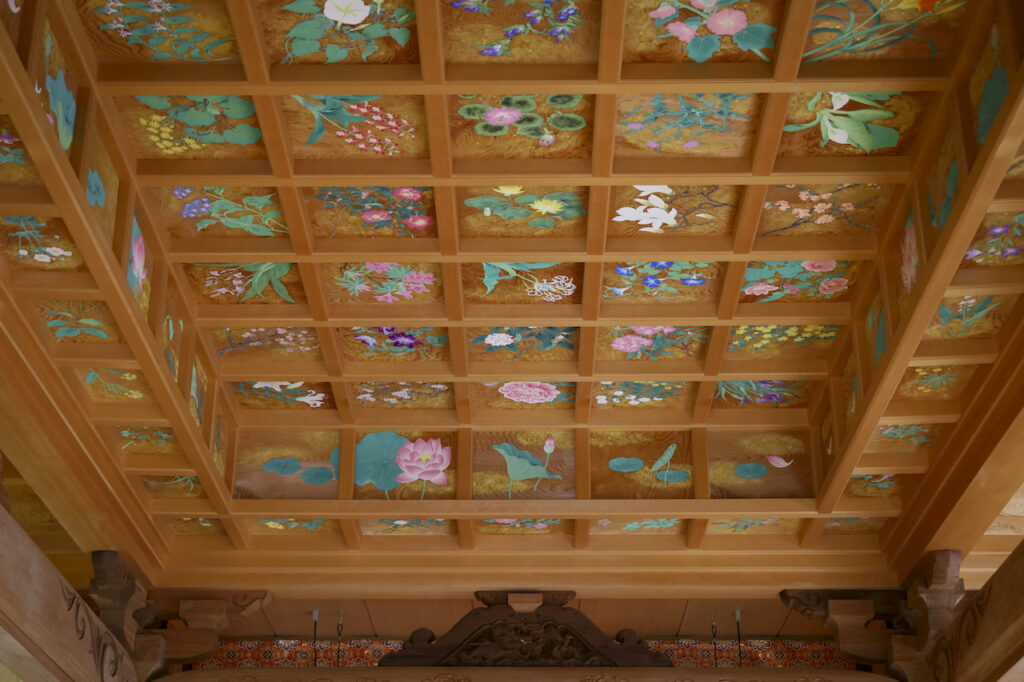
Ceiling painting by a direct disciple of Maruyama Okyo

From the temple known as the temple of flowers, Ryogonji, there are 96 paintings of flowers. All of the side panels depict lotuses, representing the flow of flowers from bud to bloom and fall.
From July to August, lotus flowers bloom in the lotus pond on the grounds. The lotus in full bloom is a sight to behold. The best time to visit for the lotus flowers is early in the morning. The temple also offers seasonal flowers such as cherry blossoms and azaleas in spring, beautiful autumn leaves in fall, and camellias in winter.
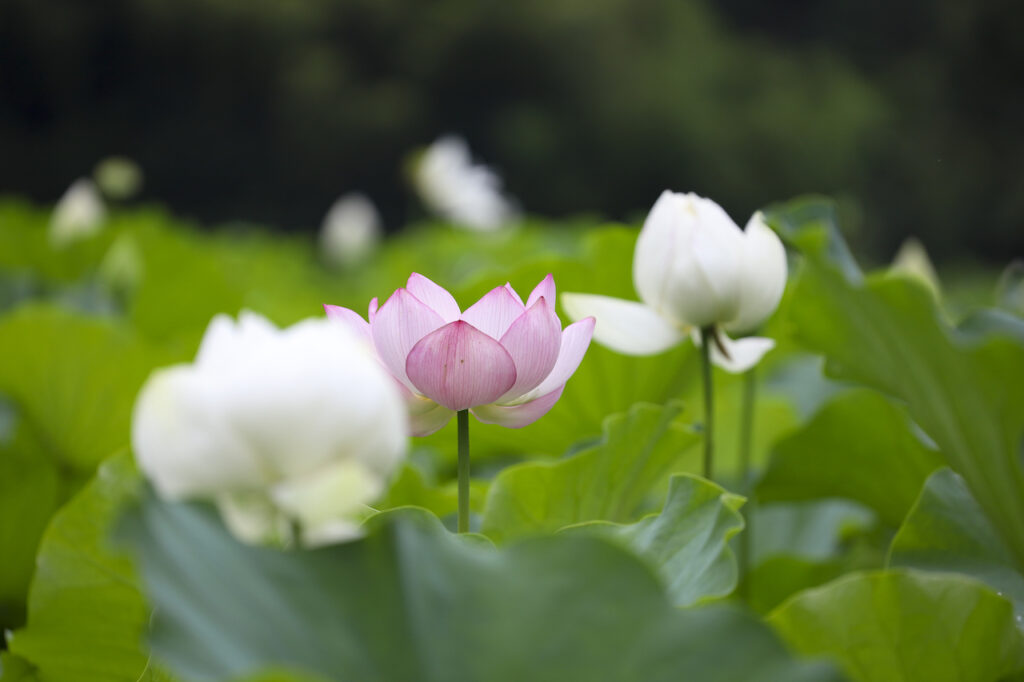

Ravens of the Four Seasons by Nagai Kazuho, an ukiyoe artist active from the Meiji period to the Showa period. He stayed at the Ryogonji Temple in 1937-13 through a relationship with a parishioner and painted these sliding doors. It is painted directly on the sliding door. Many of Ichiho's works were destroyed by fire, and those that remain are extremely valuable.
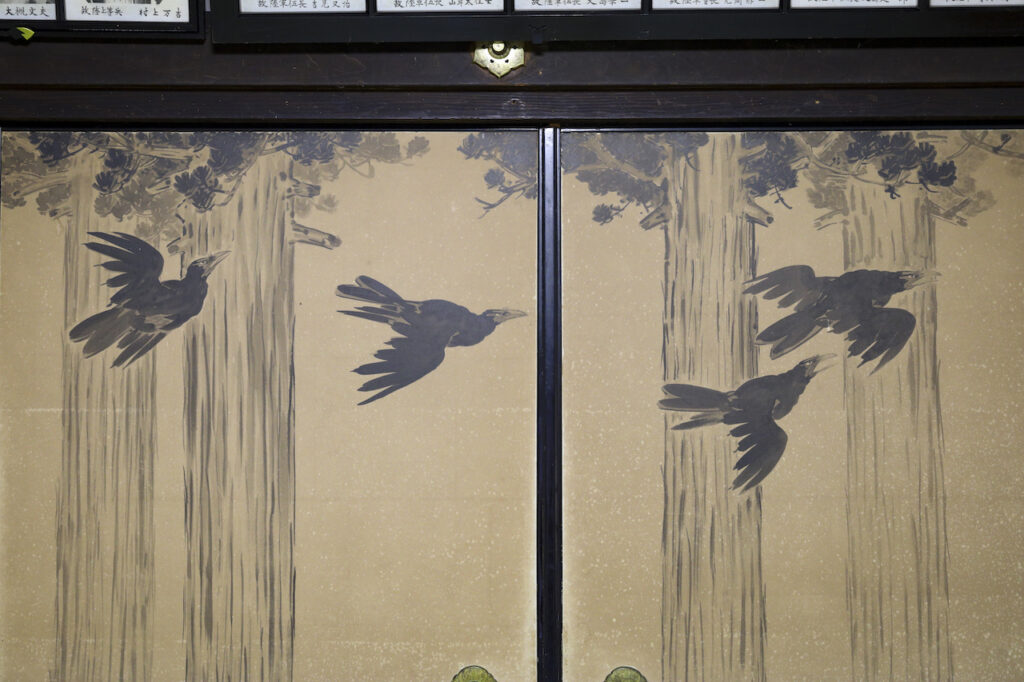

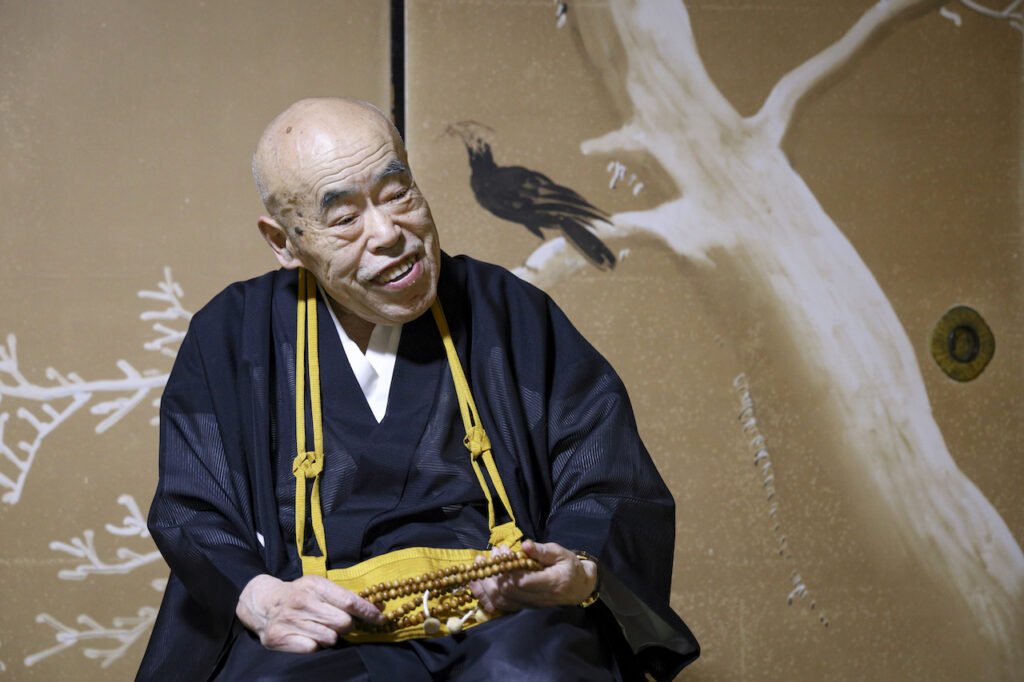

Over 600 interviews per year! An order site carefully selected by the editors who knows Kyoto and Shiga.
nowOfficial LINE friend registration500 yen OFF coupon is being issued!
Distributed every Friday morning at 8:00 am! From new restaurant information to event information that we want to share with you, We deliver articles about Kyoto that are useful to know. About 20,000 people have registered.Click here to add a friend!
 News
News Feature article
Feature article Featured event
Featured event